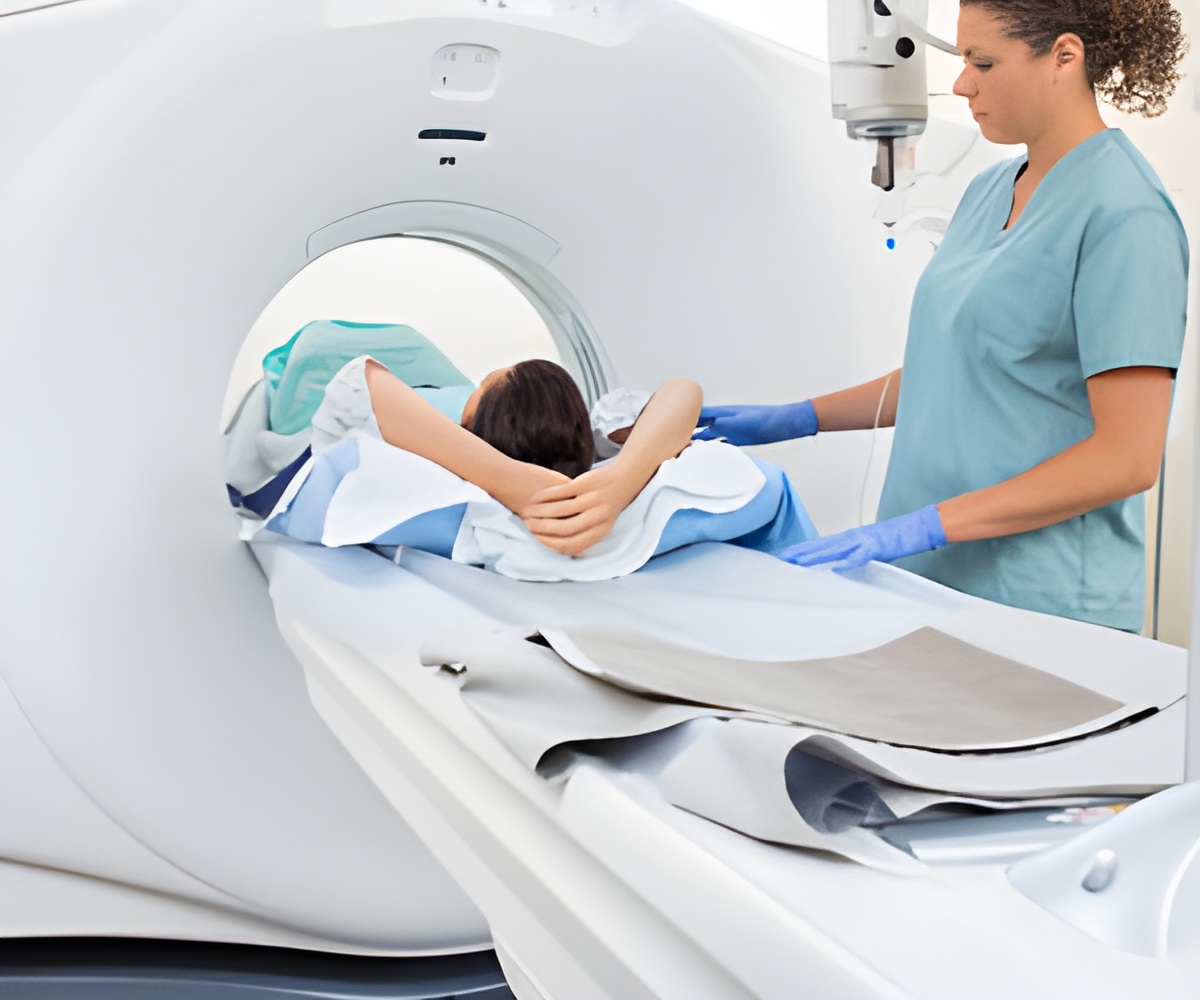The gadolinium-based MRI agent is more efficient and safer than traditional agents, requiring a gadolinium dose 20-times smaller.

‘An MRI scan is a painless and safe procedure. You may find it uncomfortable if you have claustrophobia, but most people find this manageable with support from the radiographer.’





The gadolinium-based agent is also more efficient and safer than traditional agents, requiring a gadolinium dose 20-times smaller, easily flushing from the body and leaving no accumulation in tissues, the researchers found in tests with mouse models. At the low dosage, the agent lights up cancer biomarkers during scans, overcoming the low sensitivity of MRI’s for imaging the markers. The research was published in Nature Communications.
To make the agent, Lu and colleagues at Case Western Reserve combined commercially available tri-gadolinium nitride metallofullerene (Gd3N@C80), a highly efficient contrast agent, with a peptide labeled ZD2, which was developed in Lu’s lab.
Compared to the gadolinium used in traditional agents, Gd3N@C80’s "structure is different--the gadolinium ions are encaged in a hollow molecule of fullerene that looks like a soccer ball," Lu said. "The cage prevents direct contact between the gadolinium and tissue, and the gadolinium will not be released, which prevents any kind of interaction with tissue."
"But the key technology for our targeted contrast agent is the peptide attached," Lu said.
Advertisement
In testing on six mouse models, MRI’s detected breast cancers in all cases. But the signal created by the accumulation of contrast molecules on three aggressive triple-negative breast cancers (MDA-MB-231, Hs578T and BT549) were significantly brighter. Because slow-moving ER-positive breast cancers (MCF-7, ZR-75-1 and T47D) produce less EDB-FN, fewer molecules attached. While detectible, the signal was muted.
Lu’s lab is now investigating ways to reduce the cost of producing the agent to make it more attractive for clinical use.
Source-Eurekalert















